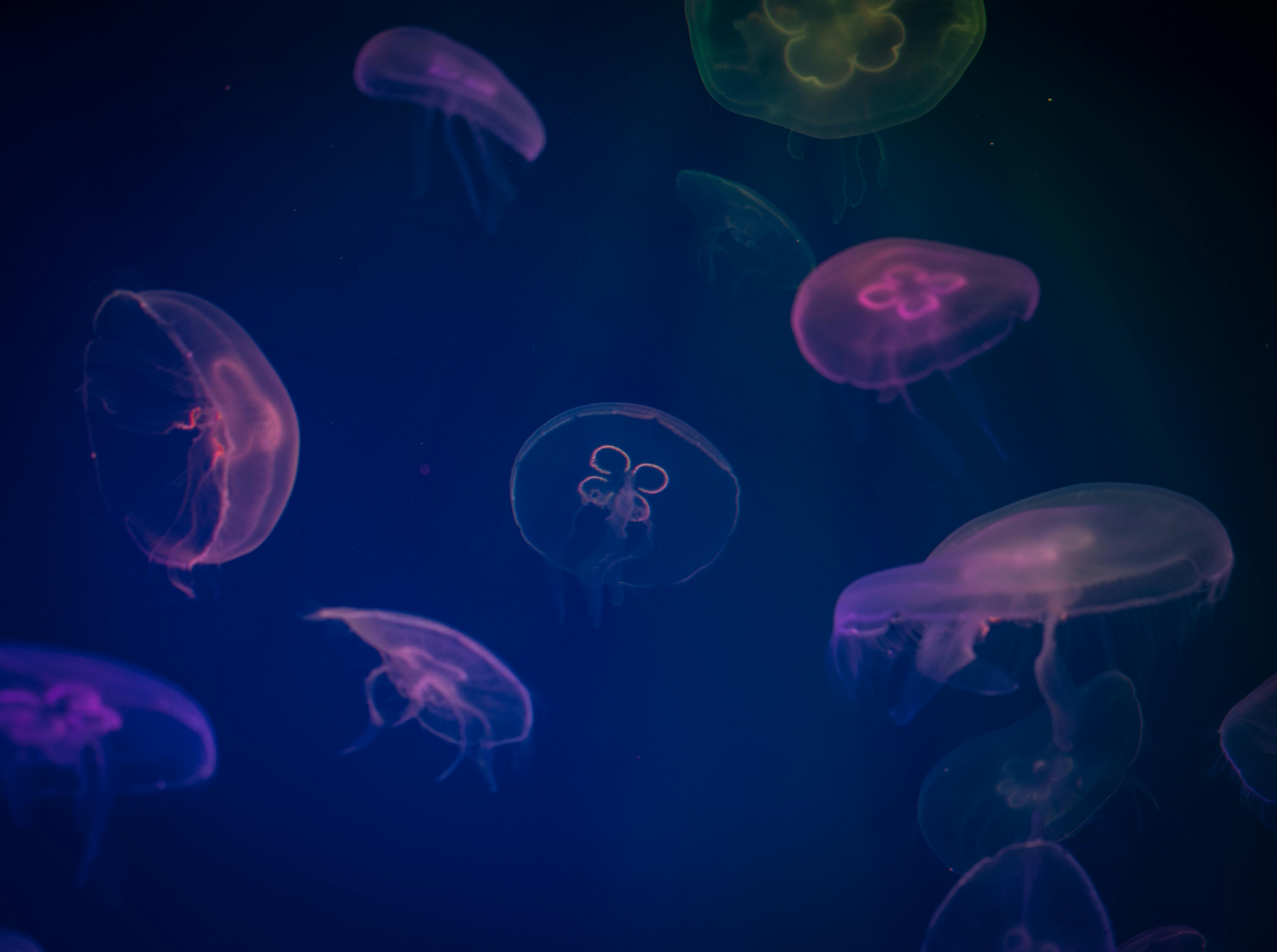
Apply Now


Essential Guide to the Best Catfish for Freshwater Aquariums in 2025
Introduction to Catfish Species
Catfish are among the most popular choices for aquarium enthusiasts due to their unique behavior and adaptability. They come in numerous species that can thrive in various conditions, making them ideal for both beginners and experienced aquarists. These underwater companions not only contribute visually to an aquarium but also play a significant role in maintaining water quality through scavenging. In this article, we will explore the best five catfish species that would make excellent additions to your freshwater aquarium in 2025. Having a diverse range of catfish in a community tank can promote a balanced ecosystem that benefits all inhabitants. From their feeding habits to tank requirements, understanding these fascinating creatures is crucial for ensuring their health and longevity in your aquarium. We'll also discuss essential care tips, suitable tank mates, and how to create a harmonious environment for your catfish.Overview of Catfish Types for Aquariums
Catfish species vary considerably in size, behavior, and habitat needs. Some thrive in low-light conditions, while others require spacious setups for optimal growth and exercise. Here are some essential points to consider when selecting catfish for your aquarium: 1. **Aquarium Compatibility**: Certain catfish species, such as the gentle Corydoras, are excellent community tank members. In contrast, others like the Channel Catfish may require specific circumstances to thrive due to their size and temperament. 2. **Feeding Habits**: Understanding the feeding habits of chosen catfish is crucial, as some prefer algae, while others may require more specialized diets. 3. **Growth Patterns**: Different species have varying growth rates and maximum sizes that should be accounted for in tank design. 4. **Water Quality Management**: Maintaining the right water conditions is vital for catfish health, necessitating regular monitoring and specific filtration systems to ensure a stable environment. This leads us to the first of our five recommended catfish species, which exemplifies excellent adaptability and community living.Top 5 Catfish for Freshwater Aquariums
Pictus Catfish: The Active Scavenger
The Pictus Catfish is a popular choice for aquarists looking for an active and social fish. Known for their distinctive spotted bodies and playful behavior, these catfish can grow up to 5-6 inches in length and can be housed in schools. 1. **Ideal Tank Conditions**: A tank of at least 30 gallons with a strong filtration system is recommended. Maintaining stable water parameters is crucial for their health. 2. **Tank Mates**: They do well in community tanks with other peaceful fish, making them a versatile addition. Always monitor interactions to prevent stress. 3. **Feeding Practices**: They enjoy a varied diet consisting of algae wafers, pellets, and occasional live foods. Ensuring a balanced diet helps promote their vitality.Egyptian Mouthbrooder: Unique Breeding Behavior
This fascinating species not only stands out for its striking coloration but also for its exceptional breeding practices. Female Egyptian Mouthbrooders carry eggs in their mouths, providing safety, which is a fascinating sight in an aquarium. 1. **Care Tips**: They require a tank with plenty of hiding spots and soft substrates. Breeding conditions should include a separate breeding area to reduce stress during this sensitive time. 2. **Social Behavior**: They are generally peaceful but can be territorial during the breeding season. It is crucial to monitor tank dynamics to prevent aggression. 3. **Diet Recommendations**: High-quality sinking pellets and frozen foods are ideal for enhancing their health.Understanding Catfish Habitats and Dietary Needs
Creating A Catfish-Friendly Environment
Designing a suitable aquarium for catfish requires understanding their natural habitats and behavioral needs. Most catfish thrive in areas with lots of caves and plants to mimic their natural environments found in freshwater rivers and lakes. 1. **Aquarium Depth and Space**: Catfish generally appreciate a spacious setup to explore and establish territories. Depending on the species, a minimum of 30 gallons is recommended for younger fish, with upsize options as they grow. 2. **Substrate Selection**: Smooth substrate like sand or fine gravel is ideal to prevent injury while foraging. This style of planting also aids in filtration and tank aesthetics. 3. **Lighting Considerations**: Low to moderate lighting conditions often suit many catfish, which prefer dim environments that mimic their natural habitats. This discussion of habitats seamlessly aligns with the dietary aspects of catfish care and how maintaining water quality is imperative.Monitoring Water Quality for Catfish
Maintaining optimal water quality is crucial for the health of your catfish. Key factors include temperature, pH levels, and filtration systems. 1. **Water Temperature**: Most freshwater catfish thrive between 70°F and 80°F. Keeping the temperature stable prevents stress and enhances overall health. 2. **Filtration Systems**: A reliable filtration system is essential for removing waste and providing a constant flow of clean water. Regular cleaning schedules should be implemented to ensure efficiency. 3. **Testing Water Parameters**: Kits for monitoring ammonia, nitrite, and nitrate levels will help keep your tank in balance. Regular testing ensures you catch any problems early before they escalate into health issues. This naturally leads us to discuss potential tank mates for catfish in community settings.Choosing Compatible Tank Mates for Catfish
Identifying Social Behavior Among Catfish and Tank Mates
When selecting tank mates for catfish, it's crucial to consider their social behavior and compatibility with other species. 1. **Society Dynamics**: Some catfish, like Corydoras, are peaceful schooling fish that thrive in groups, while others may exhibit territorial tendencies. 2. **Best Tank Mates**: Avoid aggressive fish that might stress catfish out. Peaceful species like tetras, rasboras, and even certain livebearers can coexist harmoniously. 3. **Common Mistakes**: Overcrowding tanks can create stress; ensure sufficient swimming space and hiding areas to reduce conflict among inhabitants. This brings us to the next topic: ensuring your catfish's diet aligns with their needs and supporting tank dynamics.Feeding Habits and Diet Variety for Catfish
Understanding catfish feeding habits is essential for promoting their health and ensuring longevity. 1. **Types of Catfish Food**: Offer a variety of foods, including pellets, flakes, live foods, and frozen options to meet nutritional needs. 2. **Feeding Schedule**: Regular feeding once or twice a day helps maintain health. Observe feed intake to avoid overfeeding—a common mistake that can lead to water quality issues. 3. **Supplements**: Adding vegetable matter to their diet can help meet nutritional needs. Commercial foods formulated for catfish can also be beneficial.
Conclusion and Final Recommendations for Catfish Care
As you embark on your journey into the world of freshwater catfish, remember that understanding their needs is crucial for creating a thriving aquarium setup. Whether you choose social species like the Pictus Catfish or unique breeders like the Egyptian Mouthbrooder, ensuring proper care and consideration of their habitat, dietary needs, and compatibility with other fish will lead to a successful aquatic environment. Regular monitoring, conscientious feeding, and maintaining optimal tank conditions help establish a harmonious ecosystem where your catfish can flourish. Make informed decisions to enrich not only your aquarium but also enhance your experience as a dedicated aquarist.